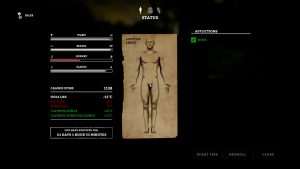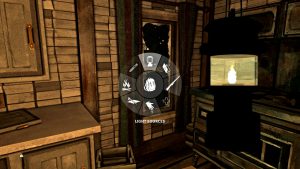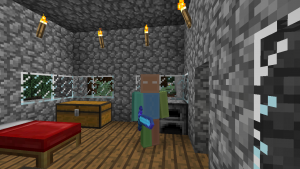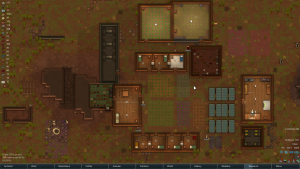Virtual Reality
During my ongoing literature review I often discover interesting facts about things I’ve never thought about. Sometimes I can connect these facts with my own observations: The result is mostly a completely new idea why things are as they are. Maybe these ideas are new to you, too. Therefore I’ll share my new science based knowledge with you!
This week: This time, I think about my first VR experiences I made with the Samsung Gear VR.
Virtual Reality (VR) is a computer technology that enhances the immersion of virtual environments by simulating the user’s physical presence in a virtual world allowing the user to interact with it. The latest generation of VR devices are small and light headsets that place two screens-one for each eye-in front of a user’s eyes. Also, the headsets block out the environment surrounding the user thus providing the user with the illusion of being inside of the virtual environment. Furthermore, the VR devices track the user’s head movement and subsequently display the part of the virtual environment at which the user would be looking at. The HTC Vive even utilizes a ‚room scale‘ technology that tracks the user’s position using sensors allowing the user even to move while experiencing VR applications.
Over the course of the last week, I made my first VR experiences by using a Samsung Gear VR headset that turned a Samsung Galaxy S6 smartphone into a VR device. The first time I used this VR device, I was totally amazed by the impression of being directly inside a virtual environment. In contrast to sitting in front of a computer screen, I could turn my head without breaking the immersion: everywhere I looked, I saw a different part of the virtual environment. It was a fantastic feeling changing my view just by turning my head instead of using an input device such as a mouse or gamepad.
After a short period of time, I began to explore various VR applications in order to develop an understanding of the potential of this technology. Amongst other things, I visited famous natural phenomena of Iceland by watching the short video ‚Samsung 360 Tours Iceland‘, swam with virtual sharks and sea turtles in ‚Ocean Rift (Demo)‘, caught some virtual fish in ‚Bait!‘ and enjoyed the spectacular views in the training application ‚Samsung BeFearless – Heights‘.
In general, all the different applications had a strong immersive effect and provided me with the illusion of being in a completely different place. Unfortunately, this immersive effect lasted only for a short amount of time as the virtual environments only provided a very limited amount of interaction (game) mechanics. This was less of a problem while I enjoyed video based virtual enviroments but became really disillusioning during the fishing and diving simulations. In addition, this problem was enhanced by the design of the Gear VR headset as it only has a few input buttons on its case which are not very intuitive.
Lastly, I started to notice the technical limitations of the Galaxy S6 display, soon. Due to the magnifying lenses of the Gear VR, the pixels and the grid of the display became really recognizable in bright virtual environments. In addition, the images were slightly blurry and not as crisp as on my full hd computer screen. Unfortunately, the blurriness of the environment even started to reduce the immersive effect of the virtual realities as it became apparent to my eyes that this is just a computer simulation.
In the end, the VR technology has a huge potential and can result in fantastic immersive virtual environments when it is paired with authentic input devices. For instance, I am really looking forward to play a VR racing simulation that utilizes a force feedback racing wheel. Furthermore, the VR technology can allow users to explore fantastic fictional and real places in a very immersive way.





